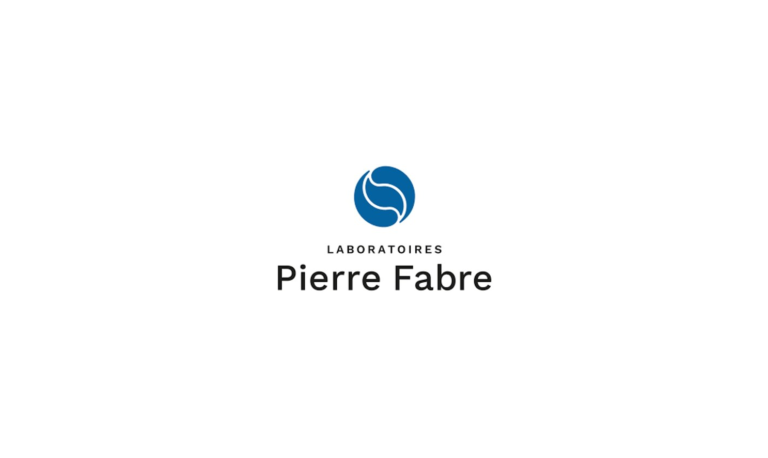A breakthrough technique developed by University of Oxford researchers could one day provide tailored repairs for those who suffer brain injuries.
The researchers demonstrated for the first time that neural cells can be 3D printed to mimic the architecture of the cerebral cortex. The results have been published in the journal Nature Communications.
Brain injuries, including those caused by trauma, stroke and surgery for brain tumours, typically result in significant damage to the cerebral cortex, leading to difficulties in cognition, movement and communication. For example, each year, around 70 million people globally suffer from traumatic brain injury (TBI), with 5 million of these cases being severe or fatal. Currently, there are no effective treatments for severe brain injuries, leading to serious impacts on quality of life.
Tissue regenerative therapies, especially those in which patients are given implants derived from their own stem cells, could be a promising route to treat brain injuries in the future. Up to now, however, there has been no method to ensure that implanted stem cells mimic the architecture of the brain.
In this new study, the University of Oxford researchers fabricated a two-layered brain tissue by 3D printing human neural stem cells. When implanted into mouse brain slices, the cells showed convincing structural and functional integration with the host tissue.
Lead author Dr. Yongcheng Jin (Department of Chemistry, University of Oxford) said: “This advance marks a significant step towards the fabrication of materials with the full structure and function of natural brain tissues. The work will provide a unique opportunity to explore the workings of the human cortex and, in the long term, it will offer hope to individuals who sustain brain injuries.”
Senior authors: Linna Zhou, Francis Szele, Zoltán Molnár, Hagan Bayley.
👉 Oxford researchers develop 3D printing method that shows promise for repairing brain injuries | University of Oxford



